10 Insect Superheroes
You might have heard the buzz: Our payback for the warm winter and early spring will be larger-than-usual hordes of mosquitoes, midges, aphids, termites and other bad actors this summer.
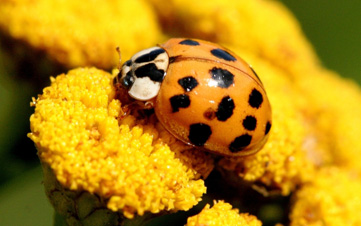

You might have heard the buzz: Our payback for the warm winter and early spring will be larger-than-usual hordes of mosquitoes, midges, aphids, termites and other bad actors this summer.
The silver lining? There's a bug cavalry of sorts on the way, also courtesy of mild weather: armies of voracious insects that feast on the bad bugs. These "good" bugs will help limit bad-bug infestations of farmers' crops, keep ecosystems in balance and may even save you from an extra bug bite or two.
Here are 10 predator insects that soon will be thwarting the evildoers in fields, orchards, forests, parks, lawns and gardens.
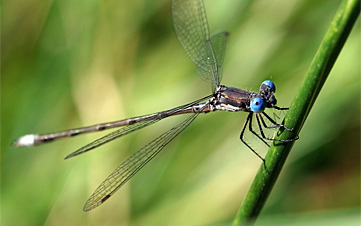
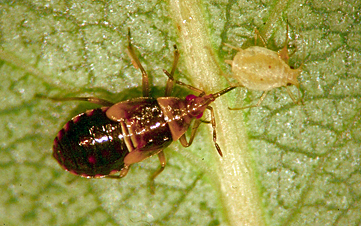
Dragonflies
Their ability to fly over 50 miles per hour and snatch mosquitoes, midges and other prey out of midair as well as spiders out of their webs gives dragonflies a reputation as the insect world's ultimate aerial killers. They start young, too. Dragonfly larvae feast on mosquito larvae and other small aquatic creatures.
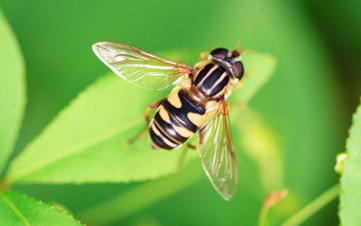
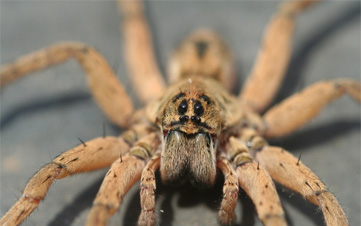
Syrphid Flies
Resembling small bees, and even flying like them, they go after aphids, mealybugs, termites, thrips and leafhoppers. Adult syrphid flies provide good pest control in fields of vegetables, oilseeds and other annual crops. And like bees, they pollinate crops by carrying pollen on their feet as they hunt for pests.
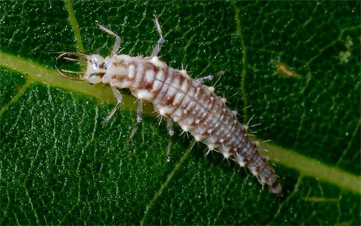
Wolf Spiders
Excellent nighttime predators, these spiders (yes, we know they're arachnids, not insects) don't bother building webs. Instead, they run down their prey. They chomp on cotton bollworms in cotton fields. In orchards and elsewhere, they go after caterpillars that later turn into harmful moths.
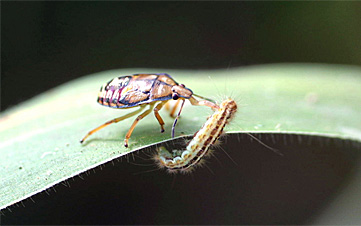
Lacewings
Starting when they're larvae, they devour a slew of harmful crop pests -- spider mites, psyllids, whiteflies, mealybugs and more. The larvae, called "aphid lions," resemble minuscule alligators with pincers like tiny ice tongs. Note that the U.S. Department of Agriculture has identified a pheromone that can attract male and female lacewings from hundreds of yards away. It will soon be available for sale.
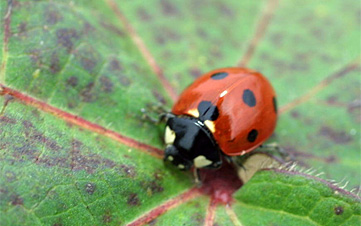
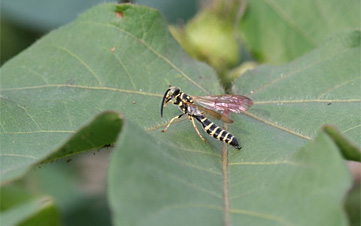
Ladybugs
Though they can be a nuisance to humans when they winter in homes and other buildings, they help keep aphids under control in pecan orchards, vineyards and soybean fields. There are more than 5,000 different types of ladybugs worldwide -- nearly 500 varieties in the U.S. alone. They can be bright red, orange, yellow, gray, pink or black.

Spring Tiphia Wasps
These guys feast on the grubs of Japanese beetles, those voracious emerald green pests that attack gardens, grapevines and fruit trees. The wasp adults feed on juices from aphids and mealybugs as well as from plants. The females then dig into the ground to lay their eggs on Japanese beetle grubs. Tiphia larvae are stealthy assassins, sneaking up on grubs to kill them.

Tooth-Necked Fungus Beetle
This beetle is a rising star in the Eastern U.S., proving to be a big help in controlling the hemlock wooly adelgid, a sap sucking bug from East Asia that is a scourge of Eastern and Carolina hemlocks.
First observed in Pennsylvania in the 1960s, the sap sucker has weakened and killed trees from Massachusetts to Georgia. The tooth-necked beetle and its nymphs feed on the pest and its larvae. The beetle, one of the few biological controls for the adelgid, is native to the Pacific Northwest and is starting to flourish in many Eastern forests as well.

Profit and prosper with the best of Kiplinger's advice on investing, taxes, retirement, personal finance and much more. Delivered daily. Enter your email in the box and click Sign Me Up.

-
 5 Types of Gifts the IRS Won’t Tax: Even If They’re Big
5 Types of Gifts the IRS Won’t Tax: Even If They’re BigGift Tax Several categories of gifts don’t count toward annual gift tax limits. Here's what you need to know.
-
 The 'Scrooge' Strategy: How to Turn Your Old Junk Into a Tax Deduction
The 'Scrooge' Strategy: How to Turn Your Old Junk Into a Tax DeductionTax Deductions We break down the IRS rules for non-cash charitable contributions. Plus, here's a handy checklist before you donate to charity this year.
-
 IRS Says You Made a Tax Return Mistake? A New Law Could Help You Fight Back
IRS Says You Made a Tax Return Mistake? A New Law Could Help You Fight BackTax Law Updated taxpayer protections change what the IRS must explain on error notices and how long you have to respond.
-
 What to Do With Your Tax Refund: 6 Ways to Bring Growth
What to Do With Your Tax Refund: 6 Ways to Bring GrowthUse your 2024 tax refund to boost short-term or long-term financial goals by putting it in one of these six places.
-
 What Does Medicare Not Cover? Eight Things You Should Know
What Does Medicare Not Cover? Eight Things You Should KnowMedicare Part A and Part B leave gaps in your healthcare coverage. But Medicare Advantage has problems, too.
-
 12 Great Places to Retire in the Midwest
12 Great Places to Retire in the MidwestPlaces to live Here are our retirement picks in the 12 midwestern states.
-
 15 Cheapest Small Towns to Live In
15 Cheapest Small Towns to Live InThe cheapest small towns might not be for everyone, but their charms can make them the best places to live for plenty of folks.
-
 Best Cold Weather Places to Retire
Best Cold Weather Places to RetirePlaces to live Some like it hot; others, not so much. Here are the 12 best places to retire if you can't stand the heat.
-
 15 Reasons You'll Regret an RV in Retirement
15 Reasons You'll Regret an RV in RetirementMaking Your Money Last Here's why you might regret an RV in retirement. RV-savvy retirees talk about the downsides of spending retirement in a motorhome, travel trailer, fifth wheel, or other recreational vehicle.
-
 The 24 Cheapest Places To Retire in the US
The 24 Cheapest Places To Retire in the USWhen you're trying to balance a fixed income with an enjoyable retirement, the cost of living is a crucial factor to consider. Is your city the best?
-
 The Six Best Places to Retire in New England
The Six Best Places to Retire in New Englandplaces to live Thinking about a move to New England for retirement? Here are the best places to land for quality of life, affordability and other criteria.
